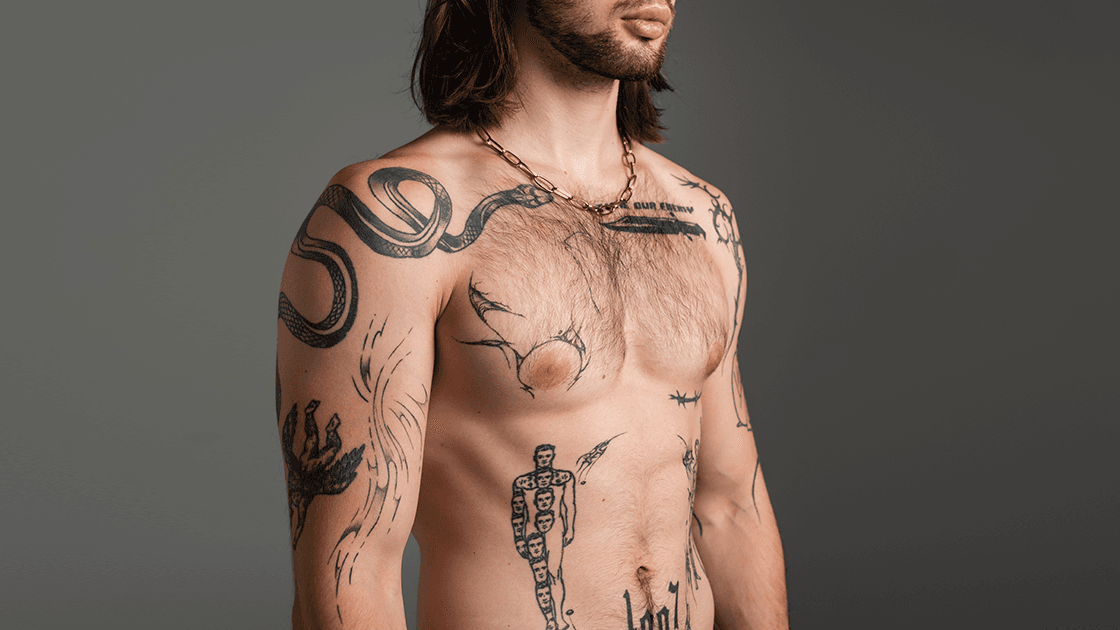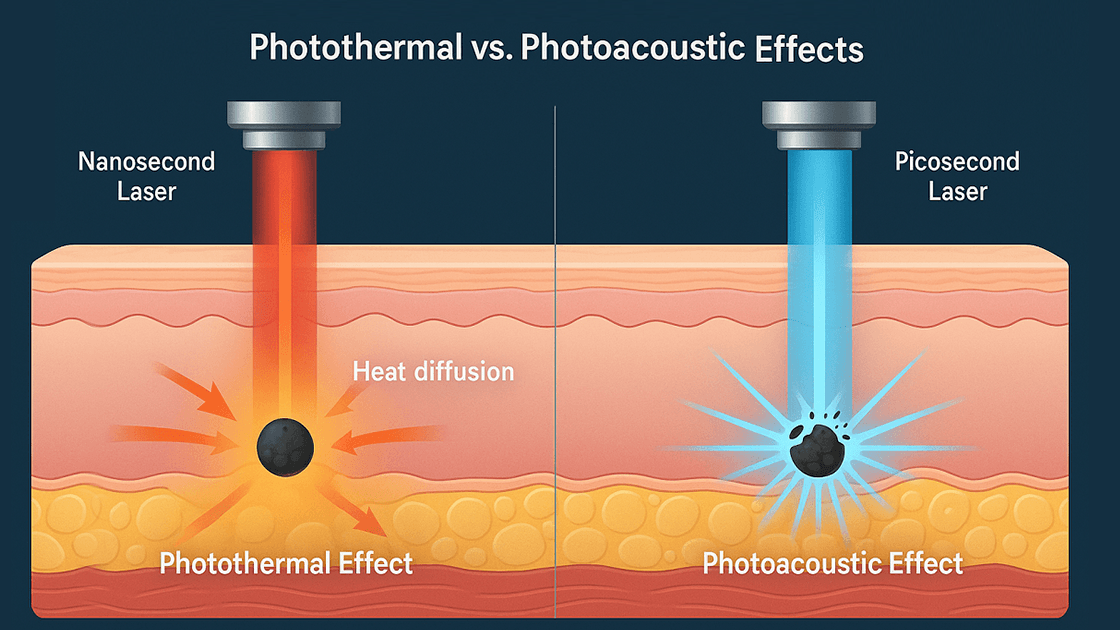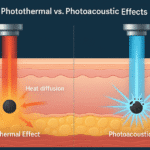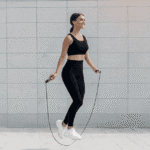Getting a tattoo removed can be a significant decision, often driven by changing tastes or life circumstances. However, successful pico laser tattoo removal doesn’t end with the last zap of the laser. Proper aftercare is crucial for healing and achieving the best results. Here’s what you need to know about essential aftercare for laser tattoo removal.
Understanding the Process
Pico laser tattoo removal works by targeting the ink particles in the skin with focused laser beams. The heat from the laser breaks down the ink, allowing your body to gradually absorb it. After treatment, your skin may experience some redness and swelling, similar to a mild sunburn. Understanding this process helps you appreciate the importance of aftercare in ensuring your skin heals properly and the tattoo fades as intended.
Immediate Post-Treatment Care
Right after your laser session, it’s essential to care for your skin to minimize discomfort and promote healing. Apply a cold compress to the treated area for 10 to 15 minutes to reduce swelling. Your practitioner will likely recommend an antibiotic ointment to prevent infection. Keep the area covered with a sterile bandage for at least 24 hours to shield it from dirt and bacteria. Avoid picking or scratching the treated area, as this can lead to complications and impact the healing process.
Daily Maintenance
As the days go by, maintaining your skin becomes vital. Gently cleanse the area with mild soap and lukewarm water, avoiding harsh scrubs or exfoliants. Pat the area dry with a clean towel—never rub it. Moisturizing is crucial, so use a fragrance-free lotion or healing ointment to keep the skin hydrated. It’s also essential to avoid sun exposure. If you must go outside, apply a broad-spectrum sunscreen with at least SPF 30 to protect the area and prevent discoloration.
Signs of Complications
While most people experience typical side effects, it’s important to monitor the treated area for any signs of complications. Common reactions include slight redness, swelling, and tenderness. However, if you notice increasing pain, excessive swelling, or the development of blisters, it could indicate an infection or other issues. If you experience any of these symptoms, contact your healthcare provider promptly to address the problem and ensure your recovery stays on track.
Long-Term Skin Health
Once your skin has healed, focus on maintaining its health. Protect the treated area from sun exposure for several months post-treatment. Consider using sunscreen even on cloudy days, as UV rays can affect healing skin. Additionally, keep your skin well-hydrated and avoid using harsh products that can irritate it. Staying hydrated and eating a balanced diet also supports skin health, promoting faster recovery and better results from the removal process.
In conclusion, the journey of pico laser tattoo removal extends beyond the treatment chair. By following these essential aftercare tips for laser tattoo removal, you can ensure your skin heals effectively and maximizes the results of your tattoo removal. Remember, patience is key; the best results take time, but with proper care, you’ll be well on your way to a clean slate.








